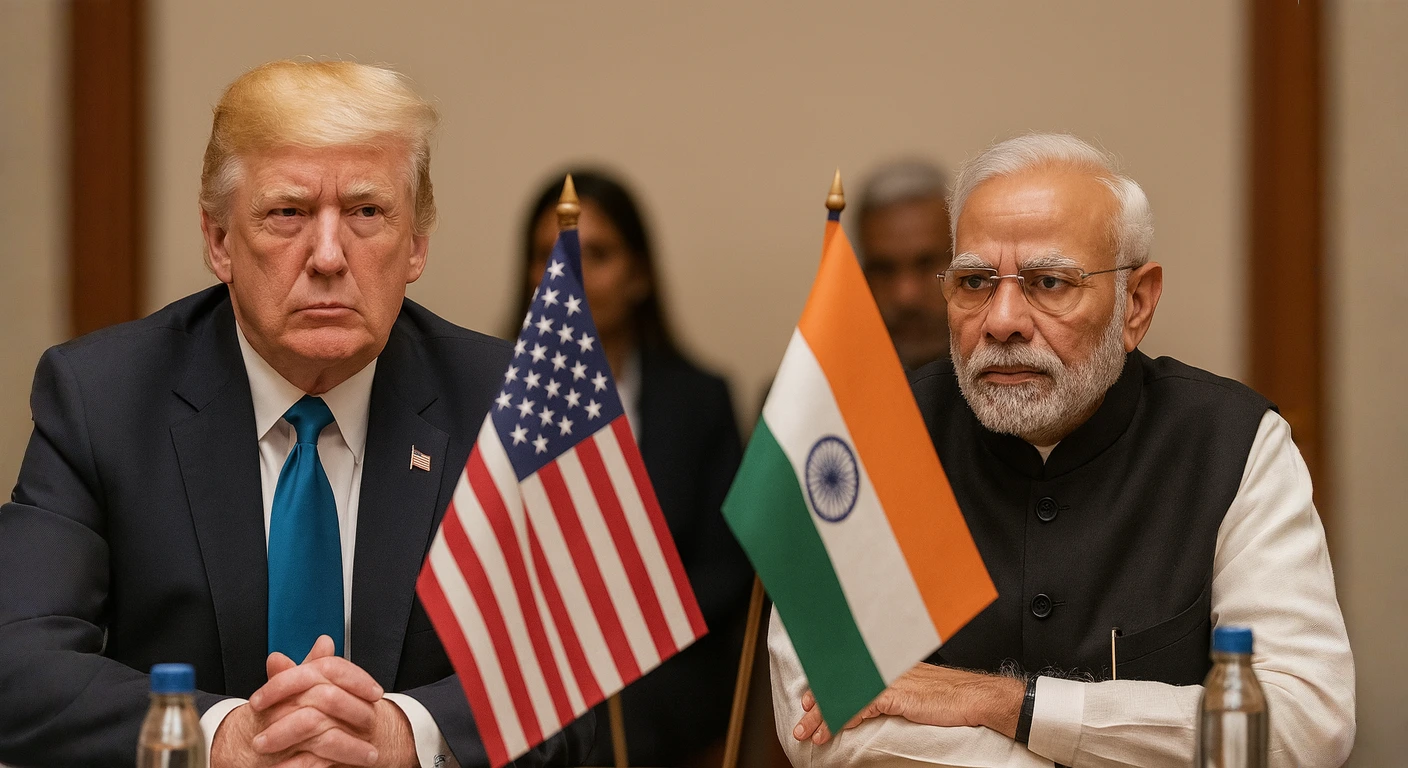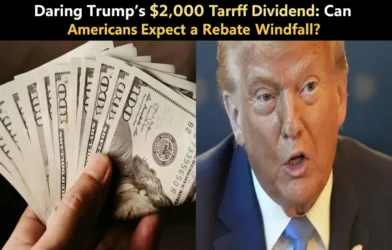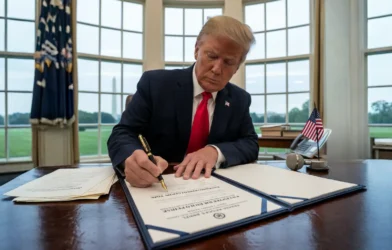Can India and the U.S. Reset Trade Ties Before the Tariffs Bite Harder?
India–US tariff trade talks in Delhi are back in focus as both countries attempt to resolve one of the sharpest trade standoffs in recent years. With U.S. tariffs pushing Indian goods into one of the highest duty brackets of any trading partner, the stakes for exporters and policymakers in New Delhi just got real. At the heart of the negotiations lies a simple question: Will the India–US trade talks lead to relief for exporters, or will tariffs continue to bite harder in the months ahead?
What Sparked the New Push in Delhi
-
- Tariff escalation: On August 27, 2025, the U.S. imposed an additional 25% tariff on Indian goods, tied to India’s continued oil purchases from Russia. Added to existing reciprocal tariffs, the total duty now stands at nearly 50%.
-
- The move caused Indian exports to the U.S. to fall—from US$8.01 billion in July to US$6.86 billion in August, the lowest in nine months.
-
- Against this backdrop, U.S. negotiators led by Assistant USTR Brendan Lynch are in Delhi to resume talks with Indian counterparts.
Key Issues on the Table
-
- Rollback of the 25% oil-linked tariff
Seen as the deal-breaker. Without U.S. flexibility here, experts say a breakthrough is unlikely.
- Rollback of the 25% oil-linked tariff
-
- Tariff burdens & export uncertainty
Indian exporters in agriculture, dairy, engineering goods, gems & jewellery face heavy pressure due to U.S. duties.
- Tariff burdens & export uncertainty
-
- Trade deal architecture
The talks are being described as a “roadmap-setting exercise,” not yet a full Bilateral Trade Agreement
- Trade deal architecture
-
- Geopolitical context
The U.S. move is linked to India’s Russia trade ties, but broader supply chain, energy, and strategic issues are also in play. (Reuters, Financial Times)
- Geopolitical context
What India Stands to Gain (or Lose)
-
- Potential gains: Stability for exporters, renewed confidence, and better access to U.S. markets if tariffs ease.
- Risks: Continued 50% duties could hurt exports, widen the trade deficit, and erode India’s competitive edge.
What the U.S. Wants
-
- To maintain pressure on India’s Russia oil ties through tariffs.
- Better market access in agriculture, dairy, and corn, along with greater alignment for U.S. firms.
- Some scaling back of demands may be possible, as U.S. exporters also want predictable access to India.
Is a Breakthrough Possible?
-
- Essential condition: Rollback of the oil-linked tariff.
- Outlook: Analysts say the negotiations could be a long haul with no immediate big win.
- Incremental progress: Possible sector-specific deals before a full reset.
Why This Matters?
-
- For India, U.S. trade is crucial for exports, supply chain positioning, and jobs.
- For the U.S., the talks carry strategic weight in countering Russia and China, and shaping global trade rules.
-
- Failure to resolve the tariff dispute could harm both economies and strain diplomatic ties.
Conclusion: A Fragile Reset Ahead
The India–US tariff trade talks in Delhi mark a turning point in bilateral relations. A reset is possible—but only if Washington softens its stance on tariffs and India offers concessions in return. Until then, both nations remain caught between principles—foreign policy vs. sovereign energy choices—and pragmatism—jobs, exports, and investment. The coming weeks will reveal whether Delhi and Washington move toward compromise or another standoff.
Disclaimer: This article is based on publicly available news reports as of September 2025. It is intended for informational purposes only and should not be treated as financial or legal advice. Readers should refer to official government releases for the latest updates.
Reference Links :
- India and US to hold trade talks, raising hopes for reset | Reuters
- India’s August merchandise trade deficit narrows, exports to US dip | Reuters
- India-US trade deal: First in-person talks since Donald Trump imposed 50% tariffs begin; what to expect – The Times of India
- New US bill could damage Indian tech’s outsourcing model










Dev
Very Informative